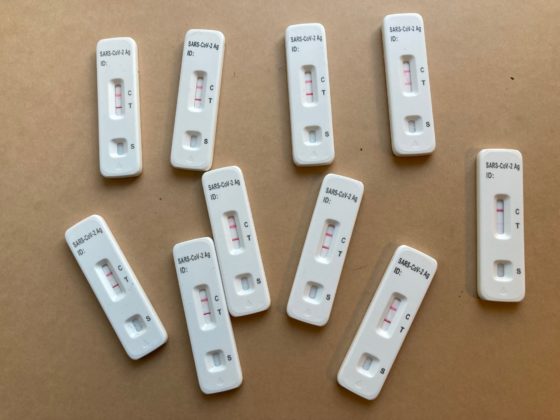Coronavirus indicator switched to lowest level as new cases fall


The indicator which the government uses to show the how serious the spread of coronavirus is in the Netherlands has been reduced to the lowest of its four levels.
Public health authority RIVM said on Tuesday that the indicator can be turned down because the infection rate remains low and the two new variants of Omicron which are spreading are not worrying.
The alarm level was first increased on October 11 at the start of the autumn wave.
The RIVM registered 5,417 positive tests in the past week, the lowest level since the end of June last year. However, the total does not reflect the true infection rate because the result of self tests are not included.
Nevertheless, the positive test rate recorded at regional health board testing centres, which are open to health service workers and people who cannot take a self test, has now fallen below 50%.
The RIVM also said 254 people were hospitalised with the virus in the past week, a drop of 25% week on week and the lowest number since the beginning of September.
The volume of virus particles in waste water fell 30% last week and has gone down a further 25% so far this week, the RIVM said.
1,000 days
The first case of coronavirus in the Netherlands was registered 1,000 days ago today, on February 27, 2000.
Since then, the Netherlands has been in a partial lockdown three times, 8.5 million people have been infected with the virus at some point and over 40,000 people have died.
A further 125,000 have spent time in hospital with the virus, the Parool reported on Tuesday.
Thank you for donating to DutchNews.nl.
We could not provide the Dutch News service, and keep it free of charge, without the generous support of our readers. Your donations allow us to report on issues you tell us matter, and provide you with a summary of the most important Dutch news each day.
Make a donation